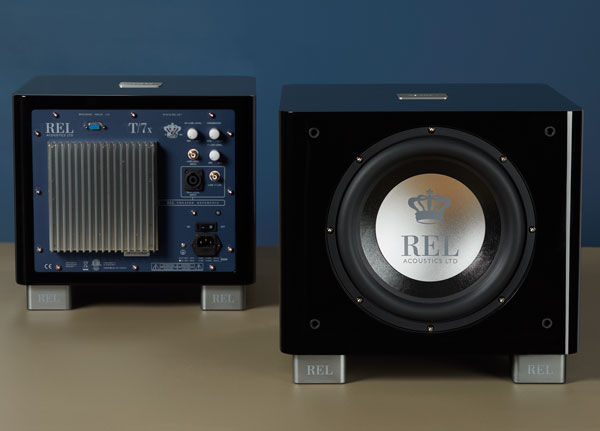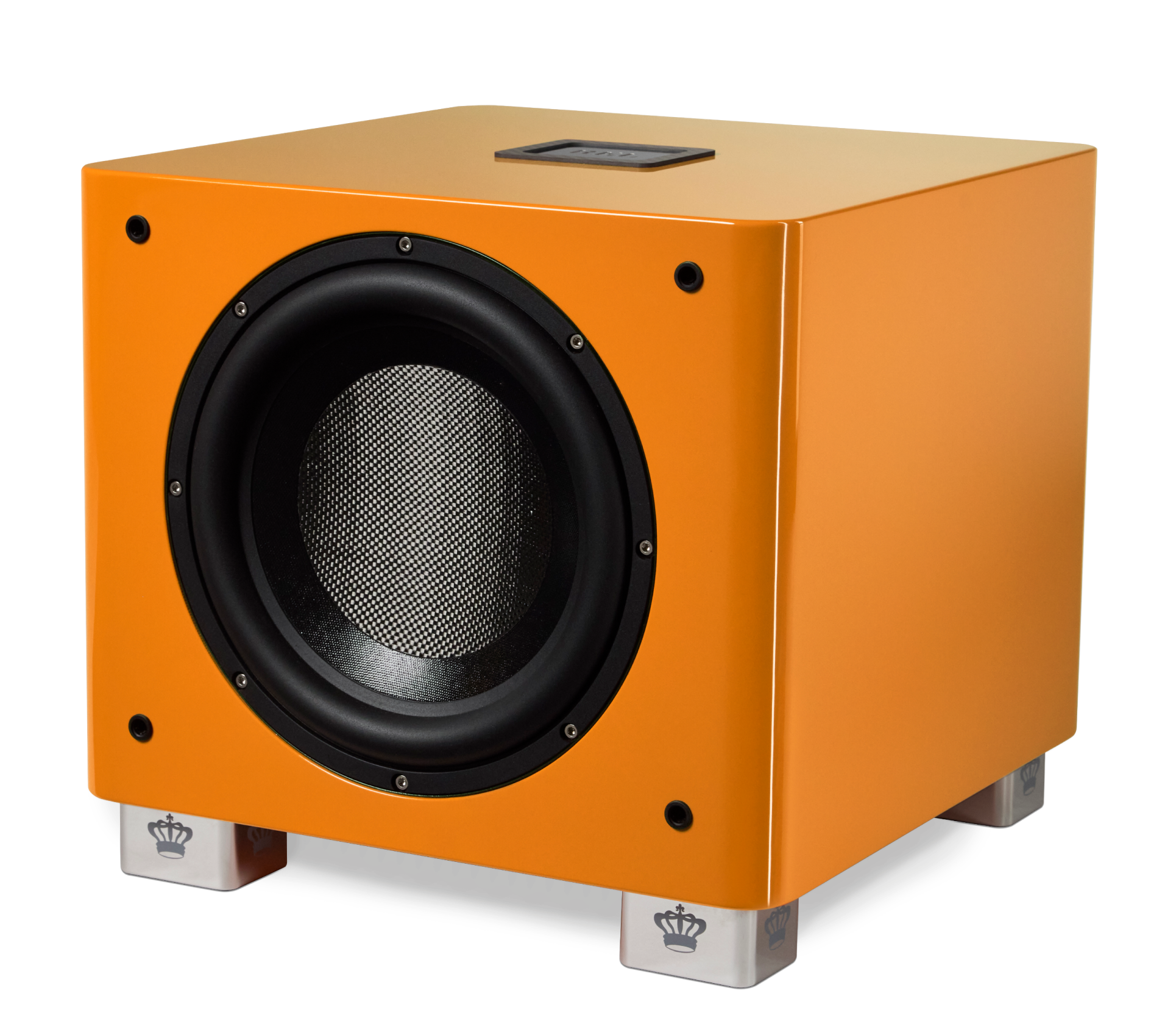Blog
A Guide to Dual Subwoofers
For Those Considering The Leap To Stereo Pairs

Sales of stereo paired REL subwoofers have more than tripled in the past two years, the message has clearly gotten out that for quality systems, pairs are definitely the way to go. Let’s look at what’s driving this trend and help you determine if your system would benefit from going pairs at the outset or, quickly adding a matching REL to form a complete pair.
Note: pairs make sense for both quality 2-channel systems as well as advanced theatre applications.
Before We Get Started
I always forget that not everyone understands that whenever we are speaking of performance we are always discussing total system performance, all 10-11 octaves and not just the bass region. As a reminder, correcting deficiencies in the low bass, as a REL subwoofer does, produces benefits all the way up the harmonic scale.
Core Considerations For Choosing Dual Subwoofers
There are four basic criteria that go into determining whether you should consider pairs of RELs or if a single will be all your system needs. Before we jump in, let me clarify something; there is never a case where pairs will not be superior—the physics of it is straightforward, it’s a simple matter of prioritizing when and how important it is to go to pairs right from the beginning or, at least, to start with a single subwoofer on your way to a pair of subwoofers.
To begin, I’ll present a list of considerations and a short description of each. Later in the article I’ll provide a more in depth discussion of each consideration:
- Speed: The primary question to identify whether pairs will be extremely beneficial is to determine whether your speakers fall into the fast-coherent school of design or the pleasant-not trying-too-hard approach. If the former, you will want to strongly consider pairs straight from the beginning if the budget permits, if not, get a single and work toward adding a second REL as soon as your budget permits.
ProTip: On a practical basis, virtually every speaker above $5,000/£3500 deserves pairs, in some cases, well below these price levels.
- Monoblocks: The term monoblock means each of your channels is housed in its own chassis. At the point that you have self-determined that your system’s goals mandate giving each channel its own power transformer—in many cases, that is the single biggest difference between a quality amplifier designer’s stereo amp and their monoblocks– you will need to prioritize stereo subs. This is partly to optimize the extreme channel separation that is clearly part of your system goals, and partly to minimize electronic connectivity complication arising from separate amps with separate grounds trying to be crammed through a single ground path in a subwoofer.
- Iffy Acoustics: Your room acoustics are tricky (this affects the vast majority of us) and you will benefit from the potential room-smoothing effect of having two properly set-up subs evening out the response and reducing peaks and dips in response. This is the most common reason our customer service team ends up recommending stereo pair subwoofers to customers.
- Power: You listen to music that regularly demands reserves of dynamic power best achieved via the use of pairs, rather than over-stressing a single unit. You know who you are and if you fit this description, be honest with yourself, you need more.
While there are undoubtedly other secondary criteria that will come into consideration, the four issues above cover the basic needs assessment. Now let’s dive into the details of each consideration:
Speaker Speed
Of these, speed in your main speakers is a main driving force for us in assessing when to guide a customer toward pairs of modern RELs. Recent real world example; visiting a favorite dealer in Boulder, CO we walked into their high-end demo suite to find a pair of very fast, musical Magnepan 1.7’s (less than $2,000/pr.) paired with a single S/3 SHO. Our recommendation to that store owner was to reuse the S/3 SHO in a different system and replace the single S/3 SHO with a pair of REL T/7i’s (it was a big room so possibly a pair of T/9i). The coherence of the system would be better served by this strategy at the same price, because the Maggies are so fast, being able to individually tune each REL to perfectly support its speaker will result in a better experience for no more money.
Monoblock Amps
Monoblock amps, the bullet point itself spells out the issues: Do NOT try to cheap out on a single partnering sub after having spent a prince’s ransom on monoblocks. You run the risk of very likely damaging the REL and worse, it means you have absolutely no idea why you spent twice the money on monoblocks (greater channel separation, control and clarity) by dumbing the system down through a single sub. Pairs are a functional necessity.
Room Acoustics
Poor room acoustics are a reality for almost everyone; get over it, learn how to become a set-up God and build into your budget room for a second REL. Nothing else produces more sonic upside benefits that fixes a variety of acoustic maladies than adding a second REL to smooth out severe peaks and valleys. You will find your system effortlessly pressurizes the room, when previously it may have struggled—the sound will be richer, clearer and more of everything you want from your system.
Power
Finally, to the acoustic power lords of the world, got it. ‘Nuff said. Everyone has their own definition of what they are looking from their system, some crave louder output than most and a second REL delivers a lot more sledgehammer wallop than a single. Just remember that the correct level to operate a demo of each song is at the level that the room properly pressurizes—beyond that, additional volume may satisfy your need to work on your emulation of Slash in the next local air guitar contest but it actually doesn’t necessarily translate into more enjoyment. Similarly, running levels just a few clicks lower will deliver a thin, hard, edgy acoustic that lacks body and warmth.
Pairs of RELs deliver greater openness, delicacy, precision and also warmth, body and solidity; fleshing out the sonic performance of EVERYTHING in the sound. Whether to pursue the use of stereo pairs of RELs depends upon the four priorities identified at the outset of this piece. If you remain in doubt, please do not hesitate to reach out to us directly.











